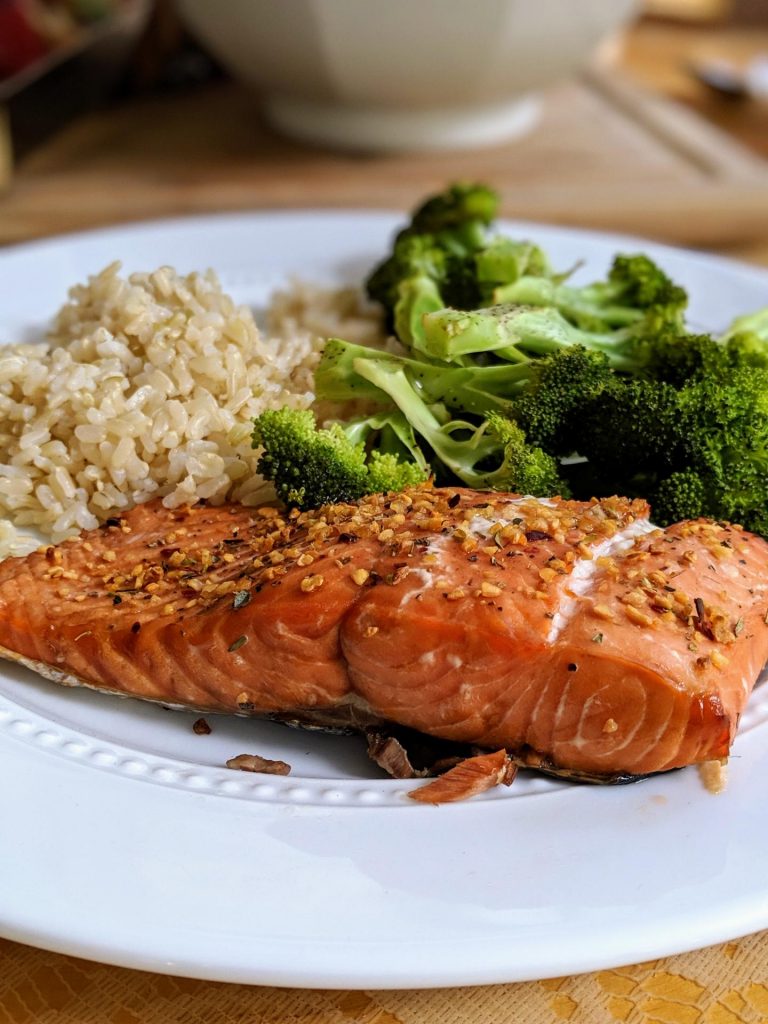A balance of fatty acids could play a significant role in migraine and headache reduction. While diet is well known as a trigger for headaches, this study published in The BMJ demonstrates the importance of omega-3 fatty acids from foods (supplements were not included in this study) for additional fewer migraines and headaches. In some cases the dietary chance was as effective as medications.

“Our ancestors ate very different amounts and types of fats compared to our modern diets,” said co-first author Daisy Zamora, PhD, assistant professor in the UNC Department of Psychiatry in the UNC School of Medicine. “Polyunsaturated fatty acids, which our bodies do not produce, have increased substantially in our diet due to the addition of oils such as corn, soybean and cottonseed to many processed foods like chips, crackers and granola.”
The classes of polyunsaturated fatty acids examined in this study included omega-6 (n-6) and omega-3 (n-3). While both have important functions, n-3 fatty acids have been shown to decrease inflammation and some derivatives of n-6 have been shown to promote pain. And, as diets include a significant amount of processed foods, most people in the U.S. eat substantially more n-6 and fewer n-3 fatty acids.
To see whether the amount of these fatty acids in a person’s diet could impact pain from headaches, 182 patients currently diagnosed with and seeking treatment for migraines were enrolled in this randomized, controlled trial, led by Doug Mann, MD, professor of Neurology and Internal Medicine in the UNC School of Medicine.

In addition to their current treatments, patients adhered to one of three diets for 16 weeks: a control diet that maintained the average amount of n-6 and n-3 fatty acids that a person living in the U.S. consumes, a diet that increased n-3 and maintained n-6 fatty acids, and a diet that increased n-3 and decreased n-6 fatty acids. Participants were provided with 2/3 of their daily food requirements, and were also given an electronic diary to record how many hours each day they had headache pain.
“Participants seemed highly motivated to follow these diets due to the amount of pain they were experiencing,” said Beth MacIntosh, MPH, RD, clinical nutrition manager for the UNC Metabolic and Nutrition Research Core.
“The results are quite promising,” Zamora said. “Patients who followed either diet experienced less pain than the control group. Those who followed the diet high in n-3 and low in n-6 fatty acids experienced the biggest improvement.”
Participants reported fewer days a month with headaches, and some were able to decrease the amount of medication they needed for their pain. However, participants did not report a change in quality of life.
“I think this modification in diet could be impactful,” Zamora said. “The effect we saw for the reduction of headaches is similar to what we see with some medications. The caveat is that even though participants did report fewer headaches, some people did not change their perception of how headaches affected them.”
“This study specifically tested n-3 fatty acids from fish and not from dietary supplements,” said study co-author Keturah Faurot, assistant professor of Physical Medicine and Rehabilitation, and assistant director of the Program on Integrative Medicine. “Our findings do not apply to supplement use.”
Zamora says the biochemical hypothesis of how certain fatty acids affect pain applies to a wide variety of chronic pain. She and her colleagues are currently working on a new study to test diet modification in other pain syndromes.
For more in research of Omega-3 fattys Acids, See Omega Resource Center.




